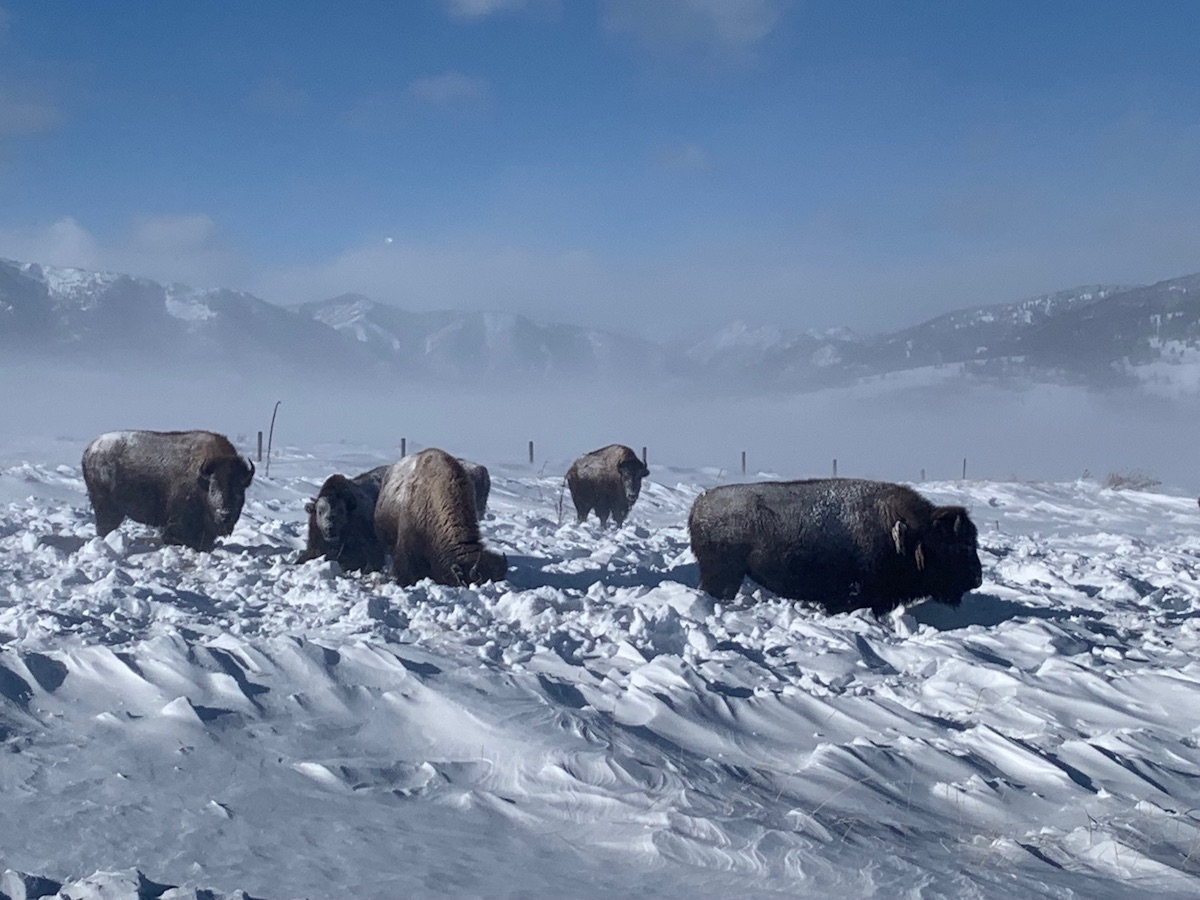Close to 200 countries took a significant, if tentative, first step this week, promising to stem the loss of nature worldwide by protecting thirty percent of Earth’s land and oceans, creating a firm foothold for the planet’s natural plants and wildlife by 2030. The banner commitment, dubbed “30 by 30,” had been advanced by the National Geographic Society as well as One Earth, a nonprofit organization working to accelerate collective action to solve the climate crisis.

National Geographic Explorer Enric Sala helmed the campaign, which is grounded in science from famed American biologist E.O. Wilson (who passed away on December 26, 2021), and takes a human rights approach that sees the free, prior and informed consent of Indigenous Peoples and local communities as fundamental to its success.
Under the new conventions, rich countries agree to provide $30 billion with of aid annually to small island nations and other developing countries by 2030. In total, the deal calls for mobilizing $200 billion a year for conservation and eco-restoration, with much of the money to come in the form of funds governments spend within their own borders.
While not party to the non-binding conventions, the Biden administration has committed itself to 30x30, and did send a delegation to Montreal to re-affirm its commitment. It remains to be seen how seriously world leaders take these conventions, as they failed to meet any of the biodiversity targets set under the 2010 conventions. However, scientists now have a much better understanding of the linkage between ecology and the climate. While the mainstream media is just beginning to catch up with this holistic narrative, the U.N.’s International Panel on Climate Change has now made it clear that humans will not succeed in slowing down global warming without restoring naturally wild ecosystems and changing harmful agricultural land uses - like Montana's public lands grazing of cattle to the exclusion of wild bison.
In 2020, scientists analyzed the world’s remaining natural lands in a landmark report, concluding that 50% of the terrestrial realm, if conserved, would reverse further biodiversity loss, prevent CO2 emissions from land conversion, and enhance natural carbon removal. Numerous subsequent studies have landed on a target between 40-50% as necessary to preserve biodiversity and the ecosystem services upon which the entire world relies. And Yellowstone’s bison are one of 20 large mammal assemblages identified as keystone climate species who have a vital role to play in recovery of grassland habitats (represented in yellow in the following graphic illustration of ecological recovery from the climate crisis).

The Importance of Indigenous Leadership to Ecological Recovery
Significantly, perhaps historically, the Montreal Conference of the Parties to the Convention on Biological Diversity officially adopted the “Global biodiversity framework” that centers and elevates the role of Indigenous Peoples, like the Tribes evicted from Yellowstone until recently, and their traditional ecological knowledge in meeting habitat goals.
The final wording of the Conventions mentions Indigenous peoples eighteen times, and commits governments to respecting indigenous and traditional territories. The language in the text is quite clear:
Indigenous-led conservation models must become the norm this decade if we are to take real action on biodiversity.
Greenpeace applauded the "explicit recognition" in the agreement that the rights, roles, territories, and knowledge of Indigenous Peoples are key to protecting biodiversity worldwide:
"Indigenous Peoples are the most capable and knowledgeable guardians of nature. There is so much potential for biodiversity protection if Indigenous Peoples are in leadership roles. Rights-based protections are the future of conservation. Direct finance for Indigenous Peoples is a critical next step.”
The Proof Will Be in the Ecological Pudding!
Tanya Sanerib, who is the international legal director at the Center for Biological Diversity, summed up the challenge that awaits us:
“A global agreement to protect a third of the planet by 2030 is monumental. And recognizing the importance of freshwater and marine habitat as well as centering Indigenous Peoples' roles and traditions in habitat protection are key. My whole life, habitat loss has been a key driver of decreasing biodiversity. While agreements are great, if we’re going to save life on Earth, now we have to roll up our sleeves and do it.”
Given that challenge, perhaps the most promising development to come out of Montreal was the fact that 23 countries and organizations launched a partnership to fast track and upscale the implementation of their National Biodiversity Strategies and Action Plans. By bringing together governments and relevant stakeholders, the Partnership will contribute to the achievement of new, soon to be adopted, global biodiversity goals and targets and, ultimately, the global vision of living in harmony with nature by 2050. While it can be very discouraging to view our existential crisis through the media's preferred lens of fossil fuels, the science and vision that is embodied in the Global Safety Net offers an alternative, more promising view of where we may be heading as a species.
To better understand what is truly required of us, click on the link below and watch a very brief, but informative, video summarizing the "Global Safety Net" vision for an ecologically thriving civilization by 2050:
